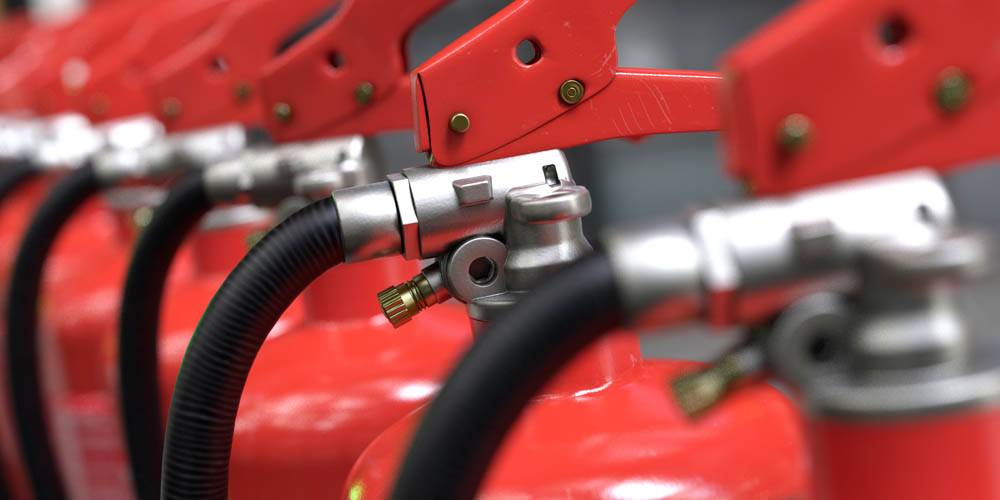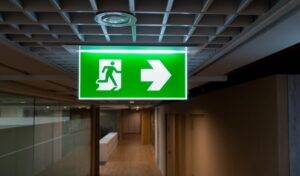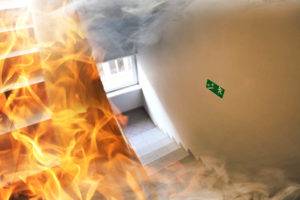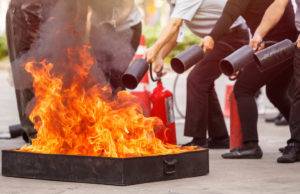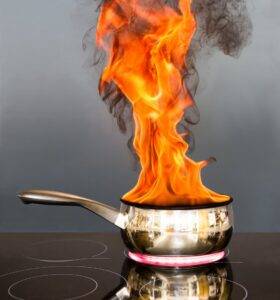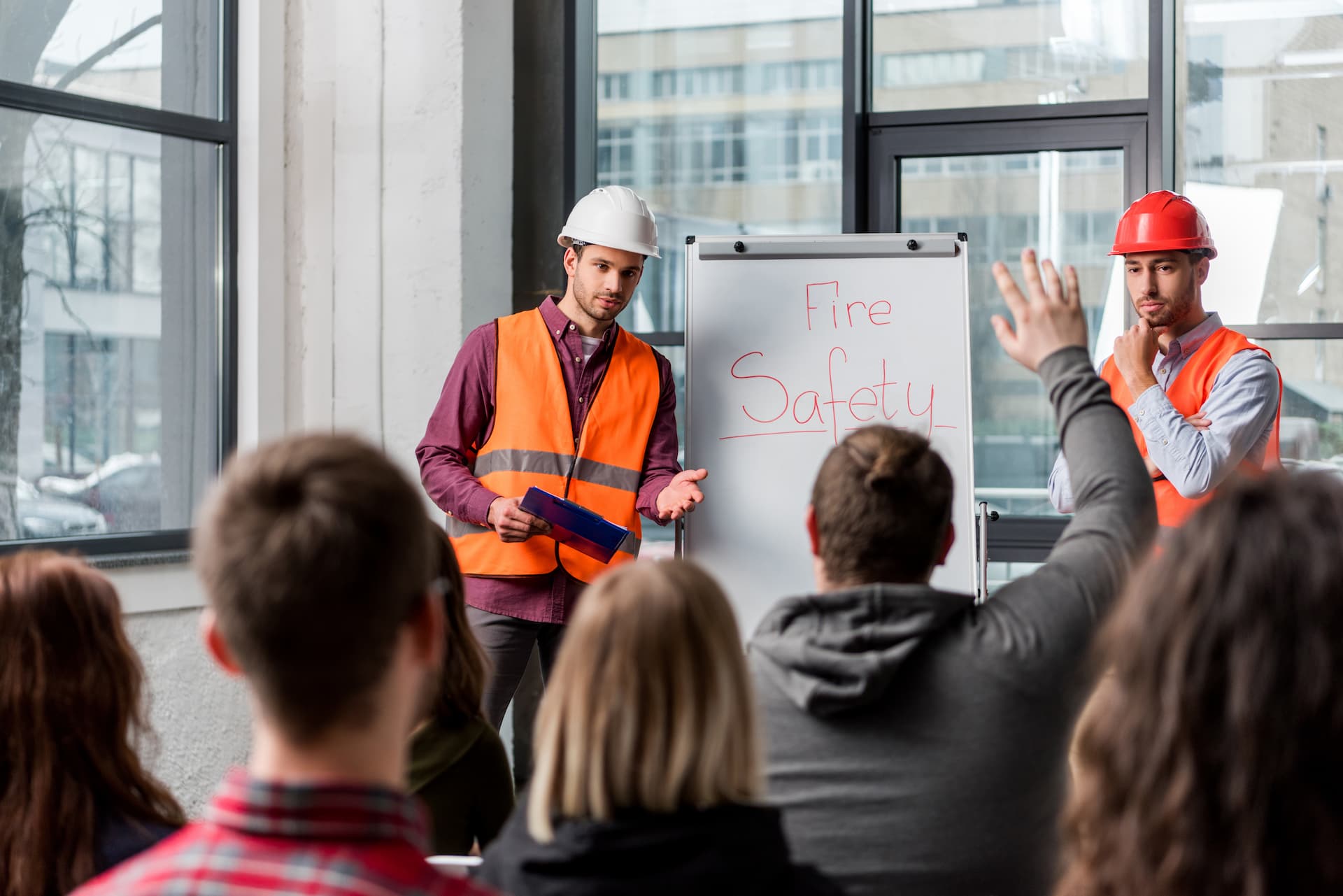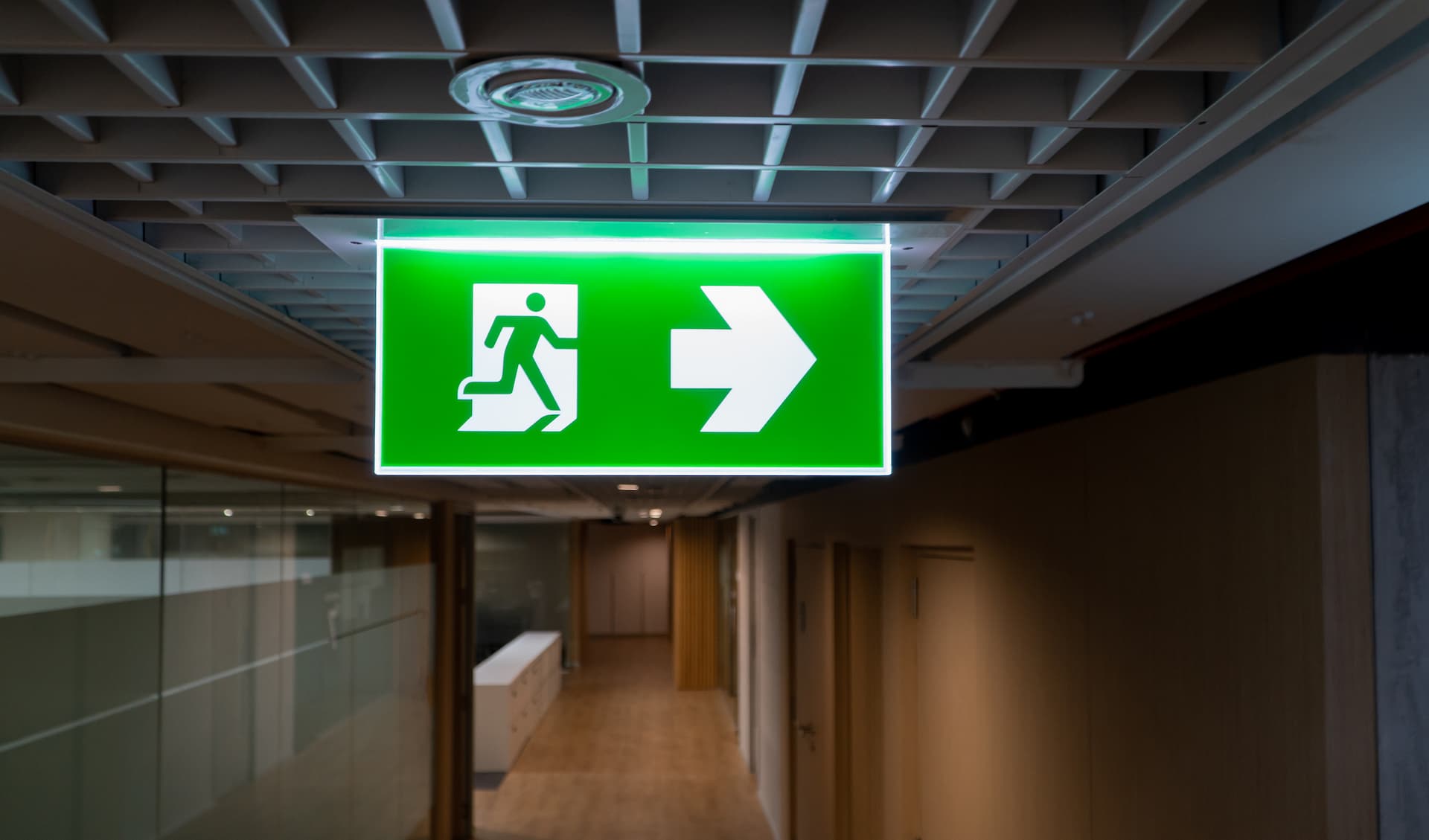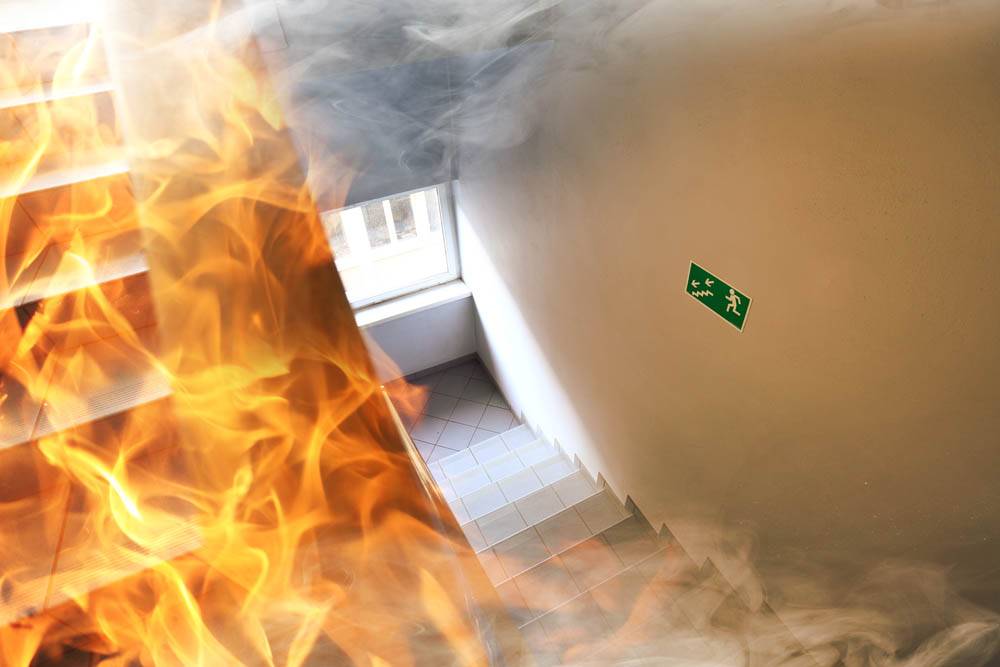When a fire starts, the first thing most people would do is run to grab the fire extinguisher. But there isn’t the fire extinguisher. There are many types, specially designed for the most likely type of fire to occur in its area. The person who runs to grab it likely isn’t going to know what type they’re using. They’re just going to trust the name, point, and shoot. And that’s fine. It isn’t their job to know that.
It’s yours.
As a homeowner, business owner, or employee in charge of fire safety, you must ensure that you have the correct fire extinguisher in place. It must be in a readily accessible area and it should cover the most likely fires to occur. That’s the law.
But what is the correct fire extinguisher and how do they apply to the different types of fires?
Read on for our guide to the different types of fire and fire extinguishers:
Types Of Fire vs Fire Extinguishers
Class A: Solid Combustibles
Fire that comes from a solid object that is on fire, such as wood, paper, textiles, straw, or coal.
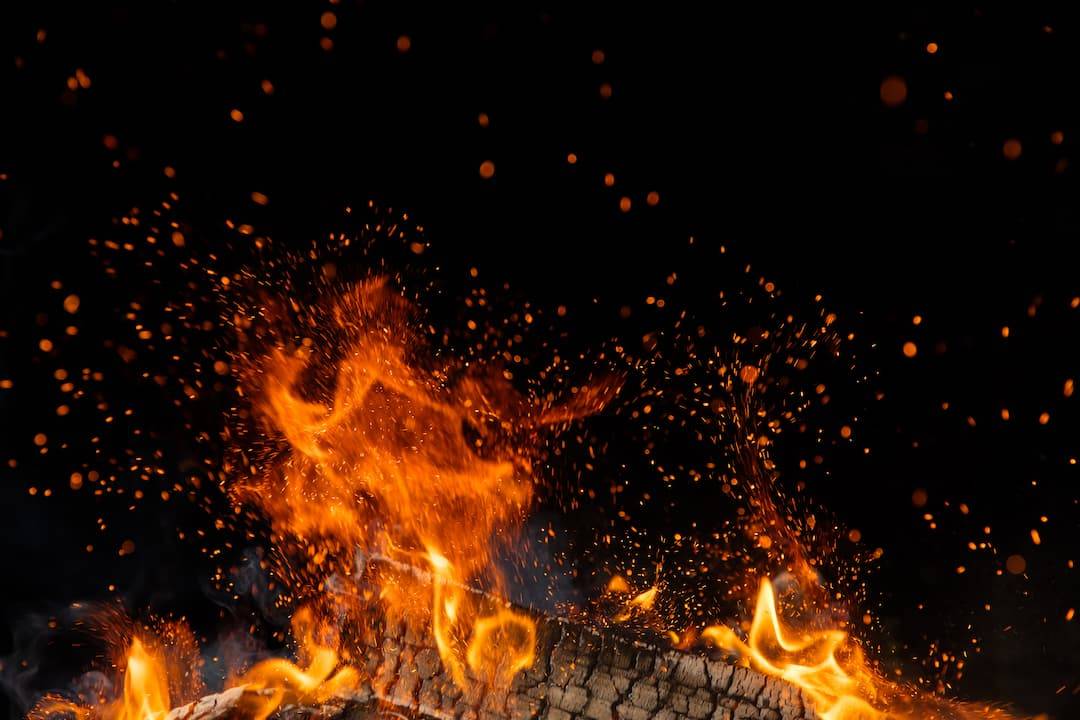
Water Extinguishers
These are suitable for fires involving organic materials such as wood, paper, and textiles. They are not suitable for fires involving electrical equipment, flammable liquids, or cooking oils.
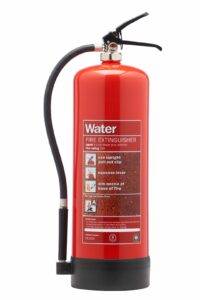
Class B: Flammable Liquids
Flammable liquids such as oils, fats, petrol, tar, alcohol and paraffin.
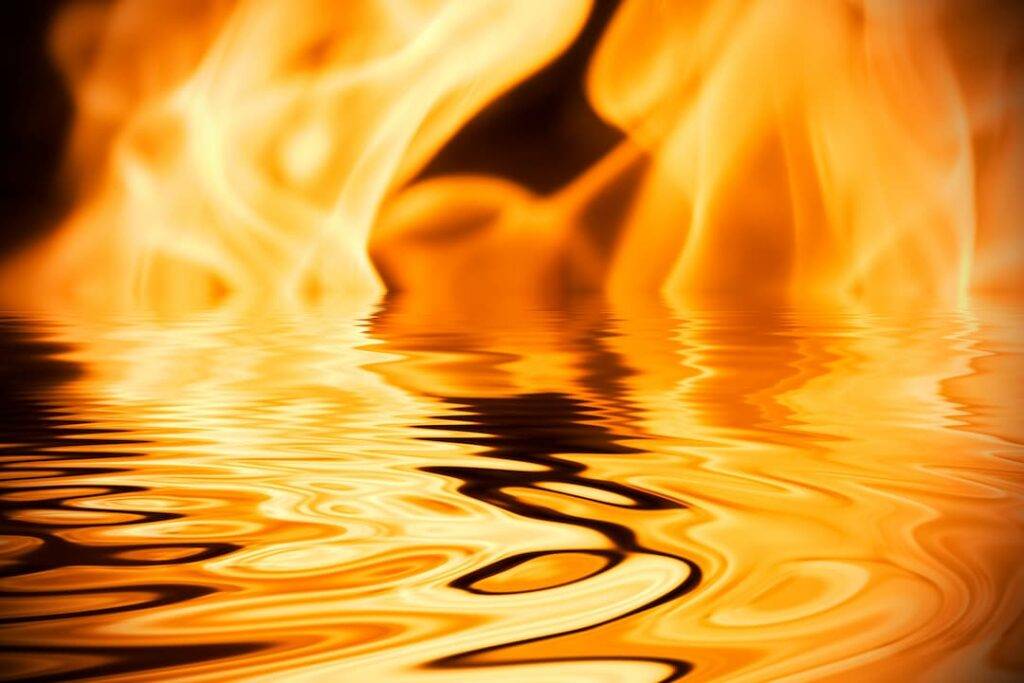
Foam Extinguishers
These are suitable for fires involving flammable liquids, such as petrol and oil, and can also be used on fires involving solids such as wood and paper. They are not suitable for fires involving electrical equipment.
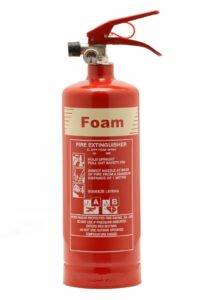
Class C: Flammable Gasses
Fires that catch from flammable gasses including cooking gas, acetylene, hydrogen, methane etc.
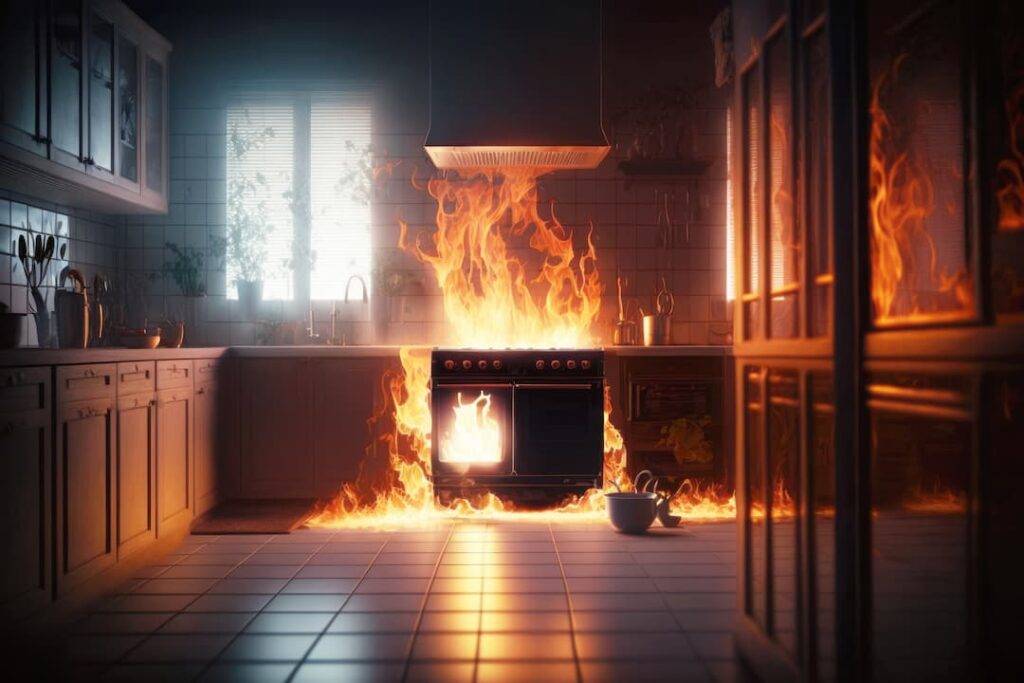
Powder Extinguishers
These are suitable for fires involving flammable liquids, gases, and solids, as well as electrical fires. However, they can create a lot of mess and can be harmful if inhaled, and so should be used with great care if they are deployed in a confined space.
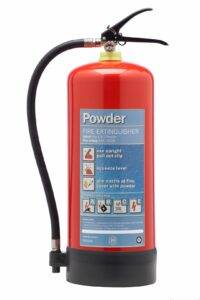
Class D: Flammable Metals And Electrical Fires
Fires involving flammable metals such as aluminium, potassium, magnesium, lithium, sodium and their alloys. Electrical fires usually originate from devices with faulty wiring and high voltage, such as appliances or fuse boxes.
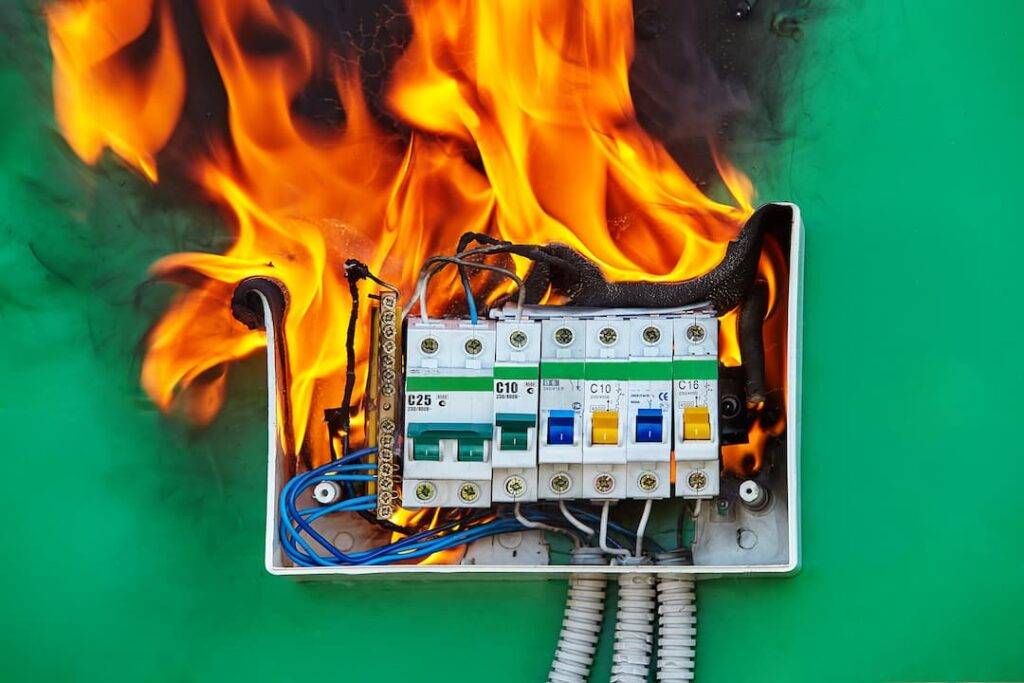
CO2 Extinguishers
These are suitable for fires involving electrical equipment and flammable liquids but are not suitable for use on fires involving solids. They are also not recommended for use in confined spaces as they can displace oxygen.
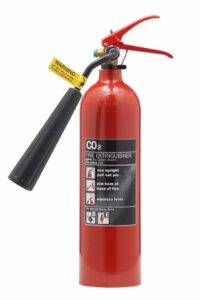
Contact Us
Get in touch with City Fire Protection for the supply and installation of your new extinguishers. What’s more, we even offer site surveying services to ensure that they are properly placed for best-practice fire safety. We also provide routine maintenance and service.
Contact us today for more information about our services and how we can protect you and your property from fire hazards.

